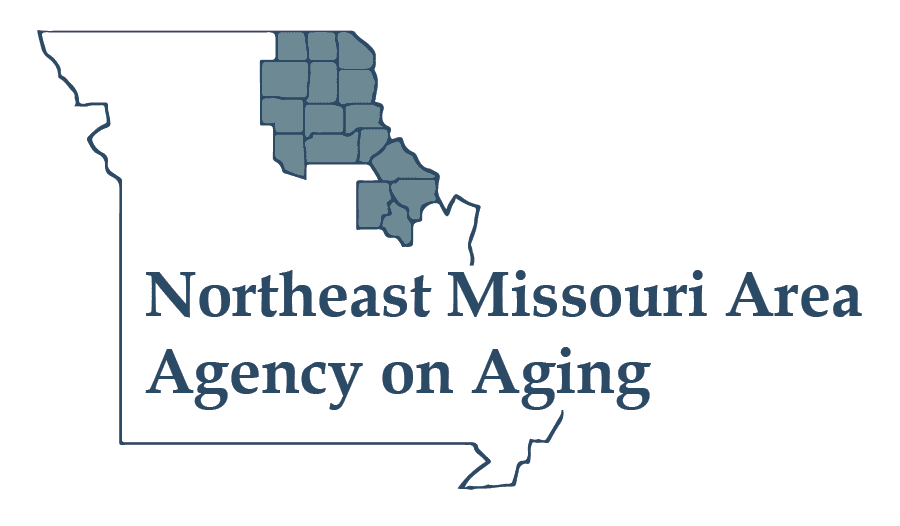Related Read: How to Measure Your Blood Pressure
Measuring blood pressure and keeping it under check can help you manage conditions like hypertension, heart disease, and stroke. For caregivers and seniors, knowing how to take an accurate reading ensures timely medical interventions and maintains the senior’s overall well-being. On the other hand, incorrect readings can lead to a misdiagnosis or inappropriate treatment.
Steps To Take Blood Pressure
Here’s a brief guide to help you take blood pressure readings properly.
Preparing for Measurement
Before taking a reading, ensure that you’re calm and relaxed. If you have been especially active, then first you’ll need to sit quietly for at least five minutes in a comfortable chair with your feet flat on the ground and back supported. Avoid measuring immediately after physical activity, caffeine consumption, or smoking, as these can temporarily elevate blood pressure. It’s also important to consider if you’ve eaten a large meal within 30 minutes prior, as digestion can also affect readings.
Selecting the Right Equipment
Measure your arm circumference midway between the shoulder and elbow to choose the appropriate cuff size. Using a cuff that’s too small can result in falsely high readings, while a too-large cuff can give inaccurately low readings. Automated digital monitors are generally user-friendly and recommended for home use, but ensure the device is validated and calibrated regularly.
Positioning the Arm Correctly
Proper arm positioning is critical for accurate readings. Make sure your arm is supported at heart level, resting on a table or armrest. The cuff should be placed on bare skin, not over clothing. Wrap the cuff snugly around the upper arm, ensuring it’s aligned with the brachial artery (usually indicated by an arrow on the cuff). The cuff’s lower edge should be about an inch above the elbow.
Taking the Measurement
Through each stay, do your best to remain relaxed. Start the monitor and allow it to inflate the cuff automatically. Remember to remain still and avoid talking during the measurement. Once the reading is complete, note the systolic (top number) and diastolic (bottom number) pressures. For an accurate assessment, take at least two readings one minute apart and average the results. Record these readings with the time and date for consistent monitoring.
Recognizing and Addressing Abnormal Readings
If the reading is unusually high or low, wait a few minutes and retake it. Factors like stress, posture, or cuff placement can affect the results. Consult a healthcare professional if readings consistently fall outside the normal range (generally around 120/80 mmHg). For seniors with conditions such as atrial fibrillation, using a monitor specifically designed to handle irregular heart rates is advisable.
Other Tips for Accurate Readings
Here are two important tips that can help you enhance the accuracy of your readings.
Maintaining Equipment and Records
Regularly check the monitor’s accuracy by comparing its readings with those taken by a healthcare provider. Keep the device clean and store it in a safe, dry place. Maintaining a log of blood pressure readings helps track trends and aids healthcare providers in making informed decisions. We encourage you to share these logs during medical appointments.
What it Means and What to Do
At all ages, but especially later in life, it is critical to keep a regular monitoring of blood pressure. High blood pressure can be an indicator of cardiovascular disease, cognitive decline, or kidney damage. While low blood pressure may correlate to dizziness and fainting, dehydration, heart issues, or nutritional deficiencies. The biggest way to positively affect your blood pressure reading is through lifestyle changes, such as a balanced diet, regular exercise, and stress management. At Northeast Missouri Area Agency on Aging (NEMO AAA), we want to empower you to take an active role in your health. Building a routine around regular blood pressure checks ensures consistency and helps you to stay in-tune with your body. For professional guidance on senior health care, get in touch with NEMO AAA. We offer comprehensive services and support for seniors, ensuring your well-being and peace of mind. Contact us to learn more about our services.

